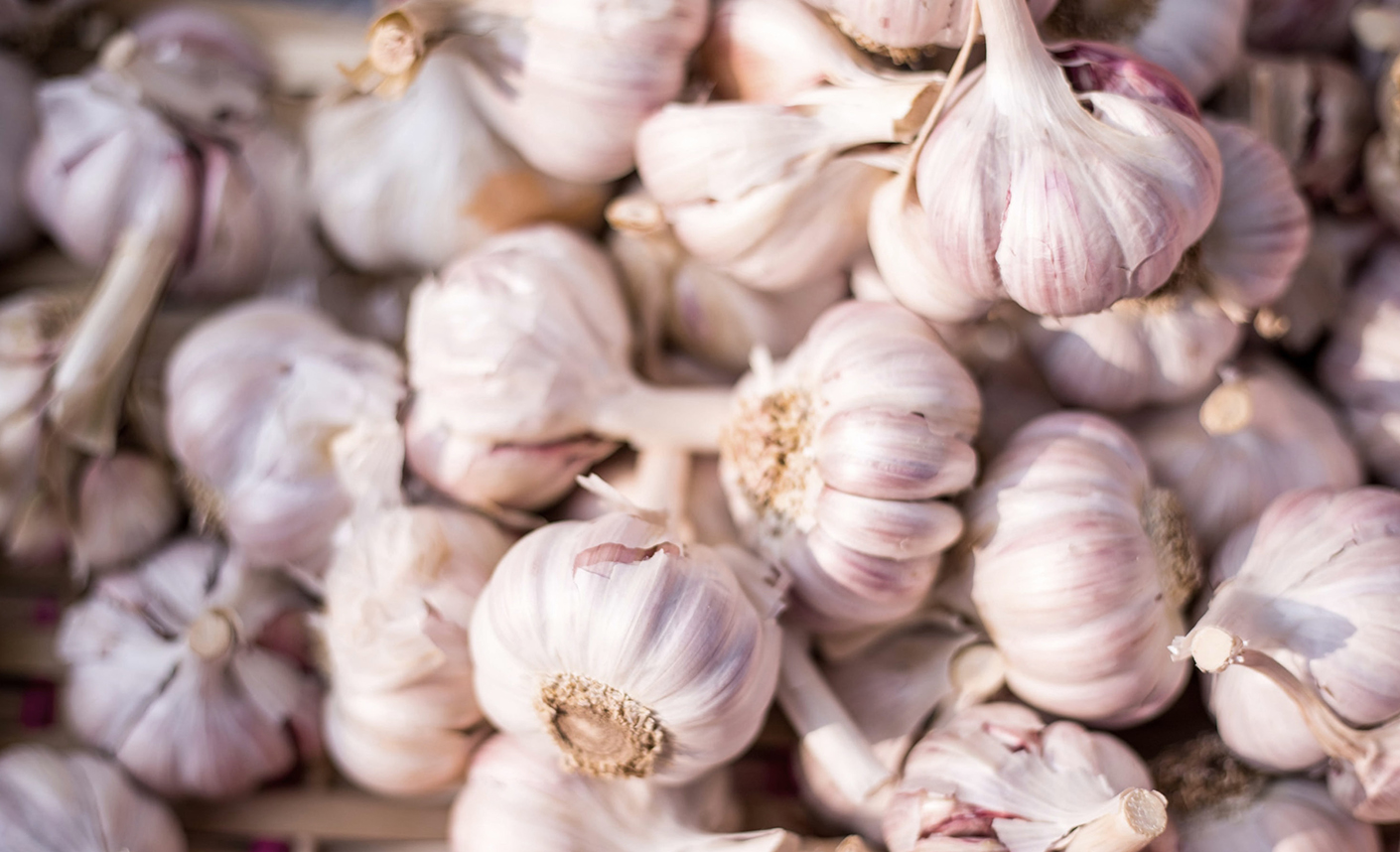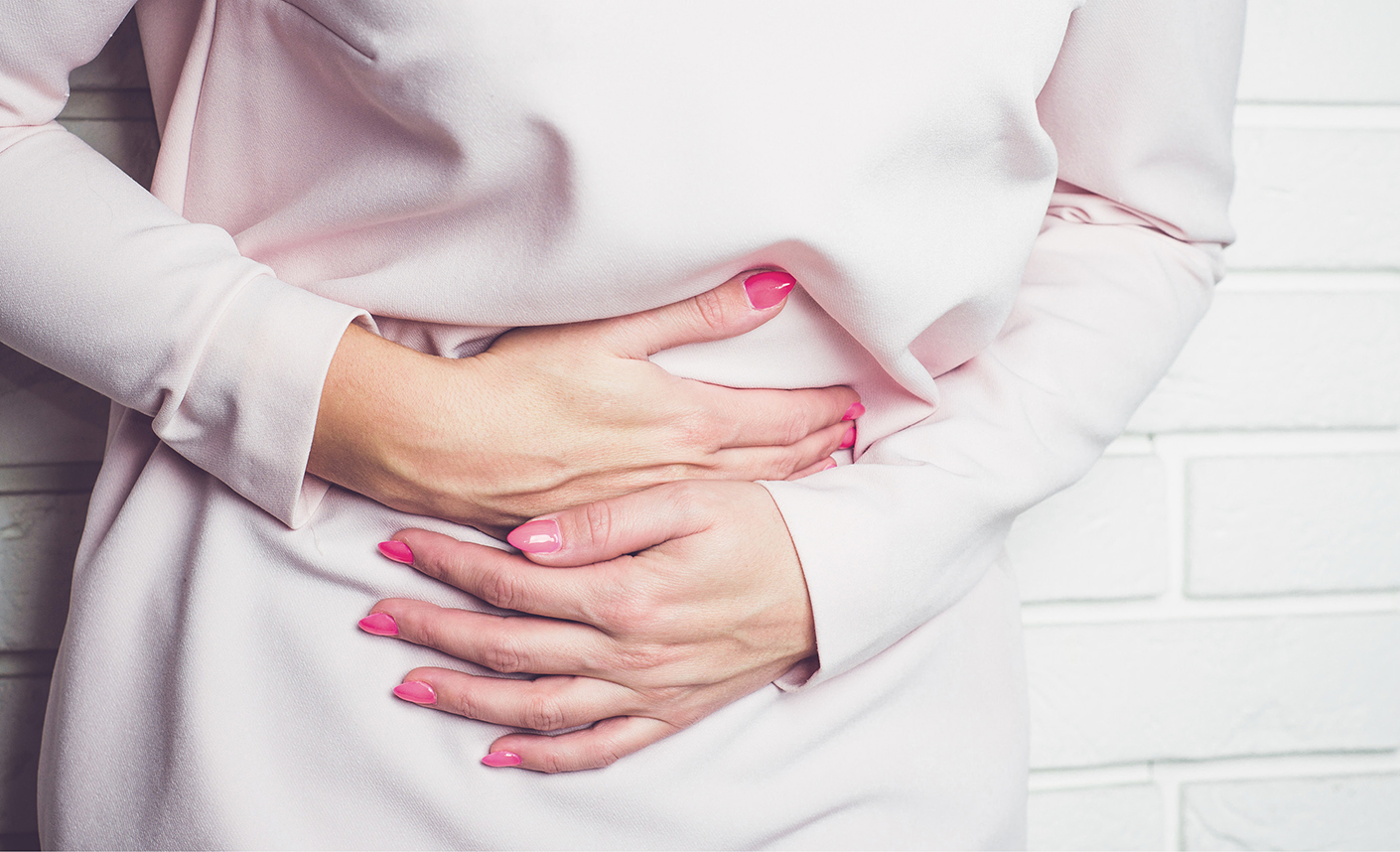What is fibre and how does it work?
We believe better gut health starts with better education. It’s all very well making the decision to eat a bit healthier, increasing your fibre intake as a result, but if you don’t actually know what it is, how will you know what foods you should eat more or less of?
We’ll break it down for you.
What’s the deal with fibre?
In the UK, dietary fibre is broadly defined as a type of carbohydrate that isn’t digested or absorbed in the small intestine. Instead, it reaches the lower intestine (the colon) intact, where it may be metabolised (digested) by bacteria or excreted in your poo.
Health experts recommend adults should have at least 30g of fibre a day. Here’s the shocking part: 90% of us aren’t getting enough fibre. That’s nearly every single adult in the UK missing out on a vital part of a balanced diet that’s essential for the functioning of a healthy digestive system, but also reduces the risk of health issues like bowel cancer, coronary heart disease, constipation and diverticulosis1.
Fibre is divided into two types – soluble and insoluble.
Soluble fibres, like inulin and beta-glucans, are fermented in the large intestine by the gut microbiota and dissolve in water to create a thick gel in the gut. This slows down the transit of food and digestion, helping you feel fuller for longer and also may help to reduce blood glucose levels. Beta glucans in particular, have been shown to Improve blood cholesterol and heart health with an intake of at least 3g per day. Good sources of soluble/fermentable fibre include oats, fruits and berries, nuts and seeds, beans, pulses and lentils and most vegetables.
Insoluble fibre (you’ve probably heard it called roughage) is the tough stuff that gives plants their structure and can’t be digested, but travels through the gut, giving bulk to your poo and helps the gut to move faster. It absorbs water like a sponge, making it very filling. And works like a “broom” through the gut, removing dead cells, hormonal by-products, heavy metals and toxins. You can find it in chewy foods like wholegrains, oatbran, pulses, vegetables with their skins on, nuts, seeds and berries.
What’s the best way to eat more fibre?
The good news is there’s fibre in lots of foods. Wholegrains, veggies, fruits, beans, pulses, nuts and seeds are all good sources. Oats are an amazing source of both soluble and insoluble fibre and are totally unique compared to other cereal grains in that they contain a significantly higher proportion of soluble fibre, particularly beta-glucans, which help lower cholesterol levels when consumed frequently.
Just be careful to increase your fibre intake gradually, so your gut (and the microbes living in there) can adapt. It’s also important to keep fluid levels up to keep the digestive process moving along.
We hope this has been helpful! We’ve got plenty more information on everything from fibre to FODMAP on our blog.
1Reynolds, A. Mann, J. Cummings, J., Winter, N., Mete., E. and Te Morenga, L (2019) Carbohydrate Quality and Human Health: a series of systematic reviews and meta analyses. Lancet; 393: 434-445
https://www.healthyfood.co.uk/article/up-your-fibre-intake/
https://www.healthyfood.co.uk/article/the-difference-between-soluble-and-insoluble-fibre/
https://www.healthyfood.co.uk/article/how-fibre-keepsyou-healthy/




